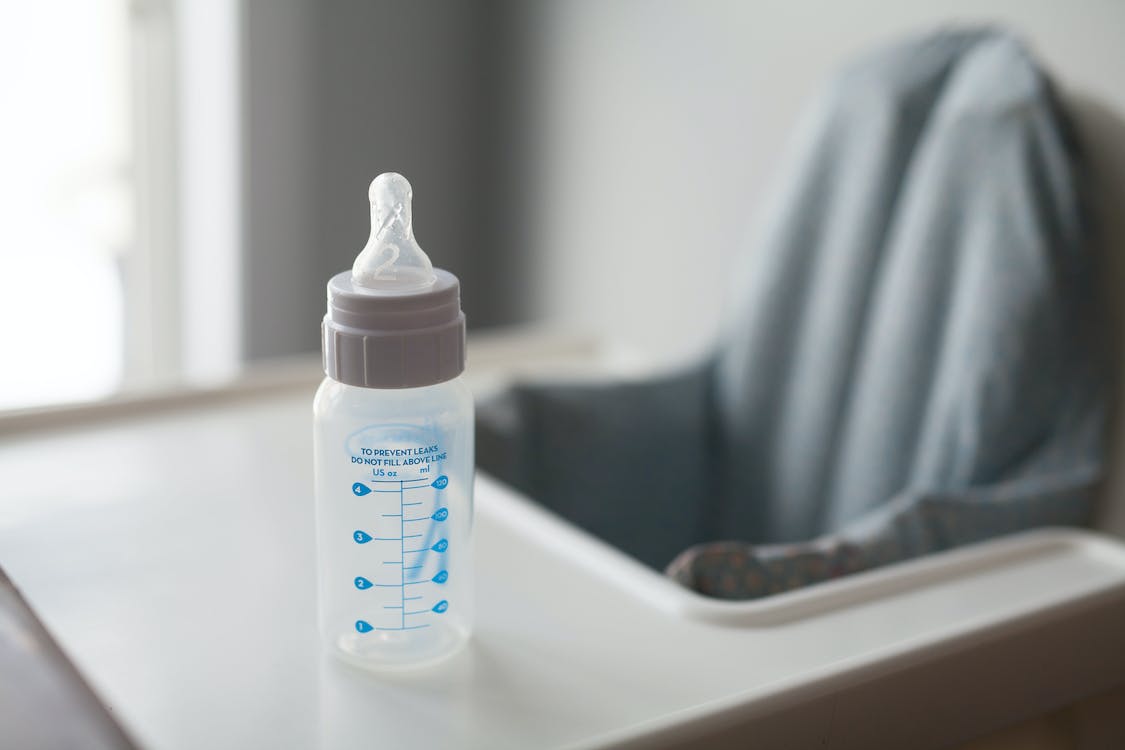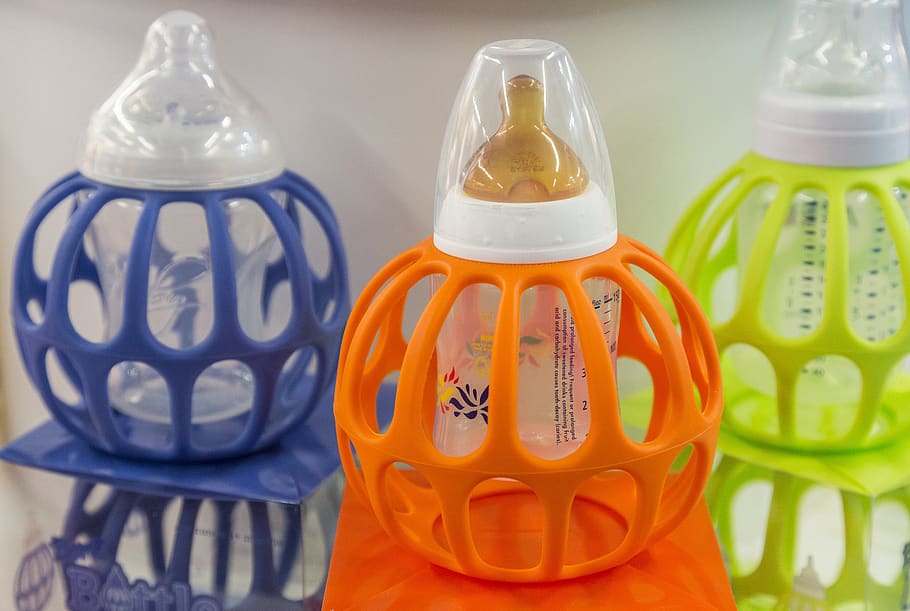
Your Guide to Bisphenol A-Free Feeding Bottles
Say Goodbye to Worries: Your Guide to Bisphenol A-Free Feeding Bottles
Hey there, parents! If you’re in the world of baby bottles, you know how essential it is to ensure your little one’s safety. The topic of bisphenol A (BPA) in baby bottles has caused quite a stir, and we’re here to provide you with the lowdown on how to make sure your baby is using bottles that are truly safe. From understanding the dangers of BPA to finding the right bottles, we’ve got you covered. So, grab a cup of tea and let’s dive into the world of bisphenol A-free feeding bottles.
The BPA Dilemma: What You Need to Know
First things first, let’s talk about bisphenol A. This chemical is found in certain plastics and has been linked to hormonal imbalances and health concerns. It’s no wonder that there’s been a fuss around baby bottles containing BPA. In fact, these bottles have been banned since 2012.
The ban covers the manufacturing and sale of packaging, including feeding bottles, that contain bisphenol A and come into direct contact with food meant for infants and young children. This move aims to safeguard your little one’s health by ensuring they don’t come in contact with this potentially harmful substance.
Why BPA-Free Matters
Wondering why all the fuss? Well, studies have shown that when baby bottles containing bisphenol A are heated, this chemical can leach into the milk and be ingested by your child. Yikes! Authorities have recognized the critical period for potential exposure to bisphenol A, which is during the development of the nervous and reproductive systems—essentially up to the age of 3.
But the good news is that manufacturers have stepped up their game. Baby bottle makers now exclusively produce BPA-free options, giving you peace of mind when selecting bottles for your precious bundle of joy.
Navigating Your Choices

When it comes to bisphenol A-free baby bottles, you’ve got options:
- Glass Baby Bottles: Glass bottles are naturally BPA-free and are a great choice for little ones. They’re safe and easy to clean. However, keep in mind that they can be heavy and breakable, especially as your baby grows older and more independent.
- BPA-Free Plastic Bottles: Nowadays, manufacturers are committed to producing only BPA-free plastic baby bottles. When choosing older plastic bottles, be sure to check the label for that reassuring “BPA-free” label. If you’re in doubt, it’s better to skip it.
Beyond BPA: More to Consider
While BPA is a significant concern, it’s not the only issue when it comes to plastic feeding bottles. A recent study has raised awareness about plastic particles and nanoparticles found in these bottles, especially when heated. The study shows that boiling water used to prepare a baby bottle can increase the microplastic content of milk significantly.
Your Solution: Safe Feeding Bottles
To sum it up, when it comes to feeding bottles, safety is your top priority. Opt for glass bottles if you’re comfortable with the weight and potential breakage. Otherwise, go for BPA-free plastic bottles, ensuring your little one’s health is safeguarded. Remember, the right choice of feeding bottles not only gives you peace of mind but also sets the stage for happy and healthy feeding times.
There you have it, parents – your guide to navigating the world of bisphenol A-free feeding bottles. By being informed and making the right choices, you’re creating a safe and nurturing environment for your bundle of joy. So, whether it’s glass or BPA-free plastic, rest assured that you’re making a choice that truly matters. Here’s to worry-free feeding, a world of happy parenting, and a brighter future for your little one!
You May Also Like

How to Deal With an Angry Child
2022-05-05
The Transformative Power of Positive Reinforcement on Children
2023-10-19


One Comment
Pingback: